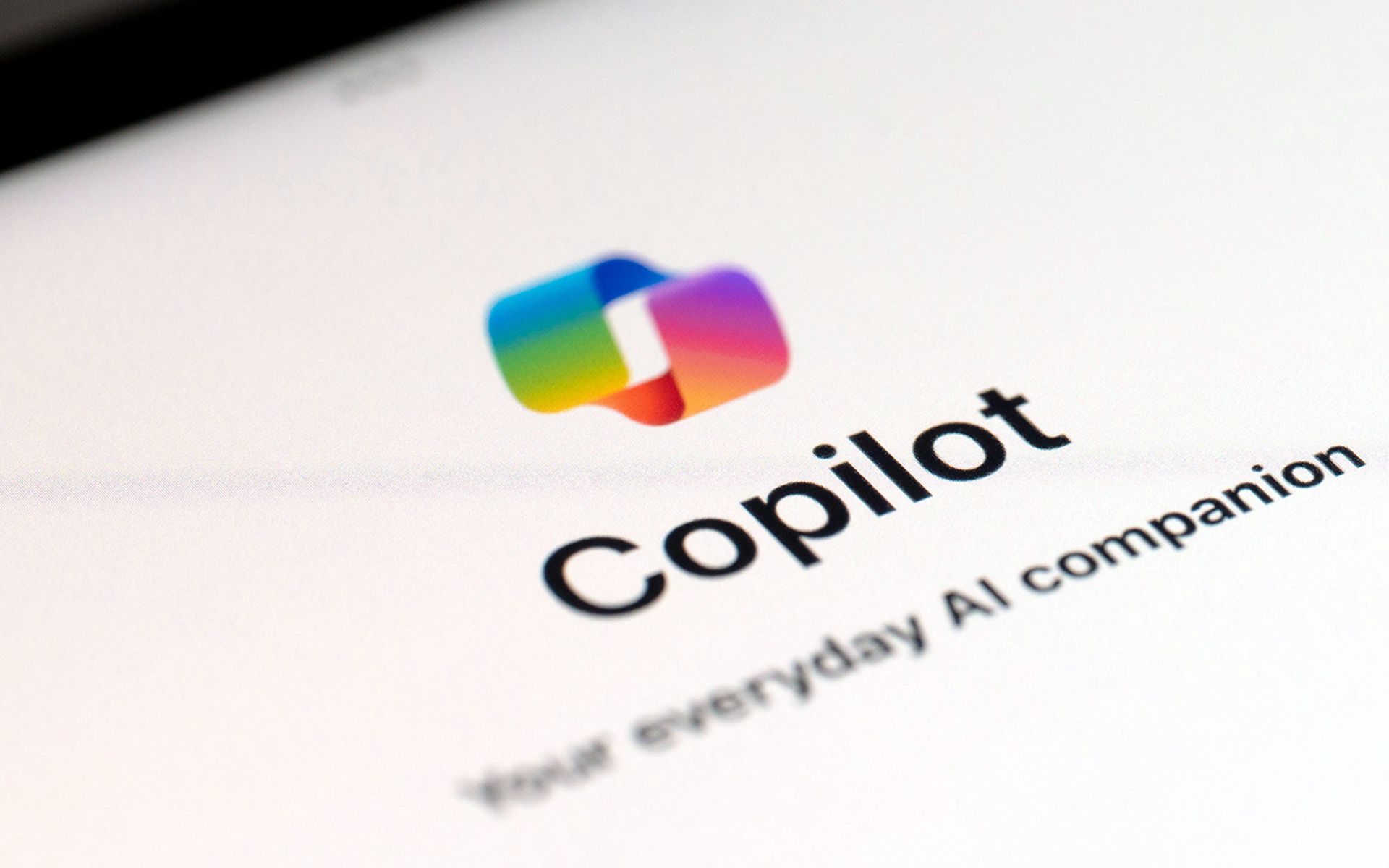Three-quarters of security leaders believe that the benefits of embracing AI outweigh the risks, but a handful of key challenges hamper their progress in adopting AI technologies. According to one report, 98% of large tech executives have paused internal genAI initiatives due to security risk factors.
In a new survey by Tines, CISOs revealed their four biggest concerns about AI adoption, providing a unique insight into the challenges that hold them back.
In CISO perspectives: separating the reality of AI from the hype, 53 CISOs across the US, Europe, and Australia shared the obstacles they’ve faced in adopting AI tools and systems. The results show that data privacy concerns, insufficient staff, and lack of required skills are among the most common.
How can CISOs remove these blockers? While we're still in the early stages of our AI journey and don't yet have all the answers, we can draw inspiration from the strategies that security leaders across the community are already putting into practice.
The four biggest obstacles to AI adoption - and how to address them
1. Data privacy concerns (66%)
The obstacle
Depending on how we use it, AI can put sensitive information at risk. With regulatory compliance and data breaches never far from a CISO’s mind, it makes sense that data privacy was the most commonly cited challenge among survey respondents.
The solution
Don’t feel you have to choose between data privacy and AI technology that’s actually useful - look for solutions that offer strong security guarantees, such as no logging or training, to prevent unauthorized access to information and protect data privacy. The team at Tines put together a helpful AI buyer’s guide for security leaders, which features a handy list of questions to ask when evaluating AI tools.
2. Insufficient staff and lack of required skills (60%)
The obstacle
AI initiatives frequently stall due to a shortage of team members with expertise in AI tools, prompt engineering, and a deep understanding of AI's complexities and limitations.
The solution
Few CISOs have the luxury of expanding their teams to drive AI adoption, but there are a couple of effective ways to maximize the impact of your existing team:
- Upskill and reskill: Encourage team members to become AI subject matter experts (SMEs) through continuous training, workshops, and knowledge-sharing, and by providing incentives, be they financial or related to career advancement and recognition.
- Automate routine tasks: Leverage AI-enhanced workflow automation to free up team members for high-value work like integrating AI technologies.
- Factor AI skills into the hiring process: Incorporate AI experience into job descriptions and hiring criteria to help gradually plug the AI skills gap.
3. Misaligned opinions around priorities and risks (51%)
The obstacle
Teams in security, IT, and senior leadership all bring different perspectives on AI, so of course they’ll have differing opinions about priorities and risks. Sometimes these perspectives lead to internal friction and delayed decision-making.
The solution
Form a cross-functional group to align AI priorities and risks across the organization. In bringing together team members from various departments, leaders can help develop a unified strategy and promote continuous learning around AI.
4. Inflexible technologies (49%)
The obstacle
Inflexible and outdated technologies can slow down the implementation of new AI solutions. Legacy systems rarely support the flexibility required for seamless AI deployment, leading to inefficiencies and potentially even increased security vulnerabilities.
The solution
Search for AI tools that are designed to integrate well with existing technologies, both internal and external. They should be adaptable, scalable, and capable of working across various platforms and environments. Effective workflow automation can be incredibly useful in bridging these capability gaps.
One of the most striking aspects of this report by Tines is the conflicting emotions CISOs have toward AI. While most surveyed believe the benefits of AI outweigh the risks, there’s also a strong sense of AI fatigue. As one CISO said, “I’m tired of it already.”
This is a welcome reminder that tapping into the full potential of AI isn’t going to be easy. But if we’re intentional about our approach, and prioritize AI-enhanced workflow automation, continuous skill development, and organizational alignment, there are many reasons to be optimistic about the future.
Learn more about how CISOs are tackling their biggest AI challenges in Tines’ new report CISO perspectives: separating the reality of AI from the hype.
Author: Eoin Hinchy




